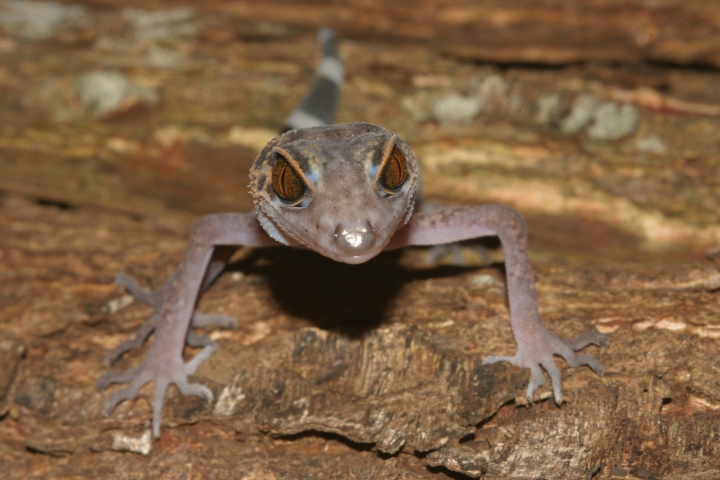We’ve got some good news, some less-than-awesome news, and some killer eye candy.
The good news is that 163 wild-and-crazy new species of animals and plants were discovered last year in a single jungle-y region — known as the Greater Mekong — which stretches through six countries, from China’s Tibetan Platueau all the way to the Mekong Delta in southern Vietnam.
The less-than-awesome news, as delivered by the World Wildlife Fund (WWF) via a new report, entitled Close Encounters [PDF], is that most of these fanged frogs, pedestrian birds, and alien-esque geckos are probably on their way out (if not now, then soon) thanks to climate change. (Thanks, climate change!) What with rising seas, creeping saltwater, and increasing floods, drought, and — gasp — heat in the Mekong already, accelerating climate change doesn’t paint an optimistic outlook for them.
“Rare, endangered, and endemic species like those newly discovered are especially vulnerable because climate change will further shrink their already restricted habitats,” said Stuart Chapman, director of the WWF Greater Mekong Pregoram, in the report.
Don’t worry too much, though, because starting September 28, the U.N. is on top of it in Bangkok with the next-to-last climate negotiating session before December’s talks in Copenhagen. After all, world leaders really accomplished a lot the past week at the U.N. Summit on Climate Change in New York … right?
Just in case that doesn’t turn out to be fruitful … enjoy a bit of nature porn while these species are still around. Here are eight of the new-to-us plants and animals you should see before impending climate chaos likely wipes them off the map — and back off our radar.
Close encounters of the gecko kind
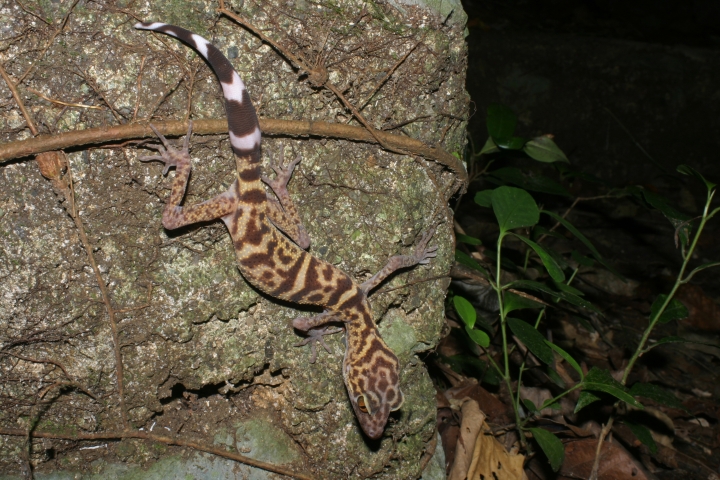 Thomas Ziegler / WWF Greater Mekong
Thomas Ziegler / WWF Greater Mekong
You can see the Cat Ba leopard gecko (Goniurosaurus catbaensis) give you its orange crazy-eye look only in northern Vietnam’s Cat Ba Island National Park. Its alien appearance actually inspired the report’s title, Close Encounters, embarrassing Spielberg fans in every galaxy.
Fanged frogs
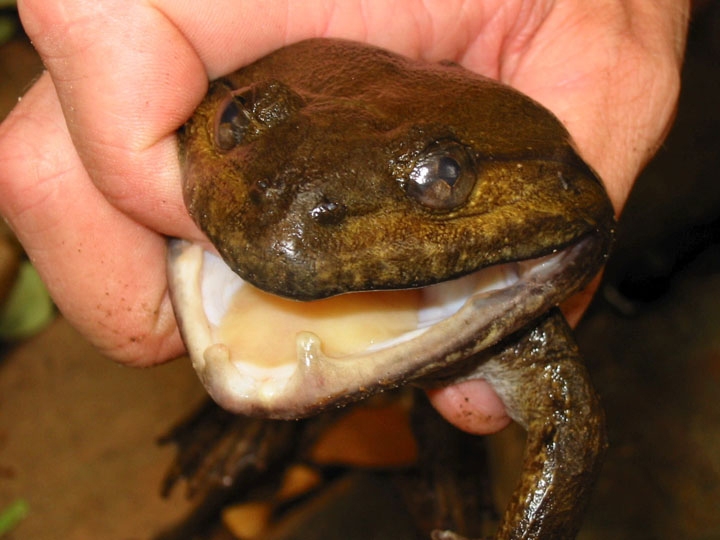 David McLeod / WWF Greater Mekong
David McLeod / WWF Greater Mekong
The Khorat big-mouthed frog (Limnonectes megastomias) shows off its fiercesome fangs and snappy jaws, which it’s been known to use for ambushing dinner — such as birds — while hanging out in streams in a few remote areas of Thailand. Rumor is Twilight fans everywhere are swooning at word of its discovery.
Flashy bananas
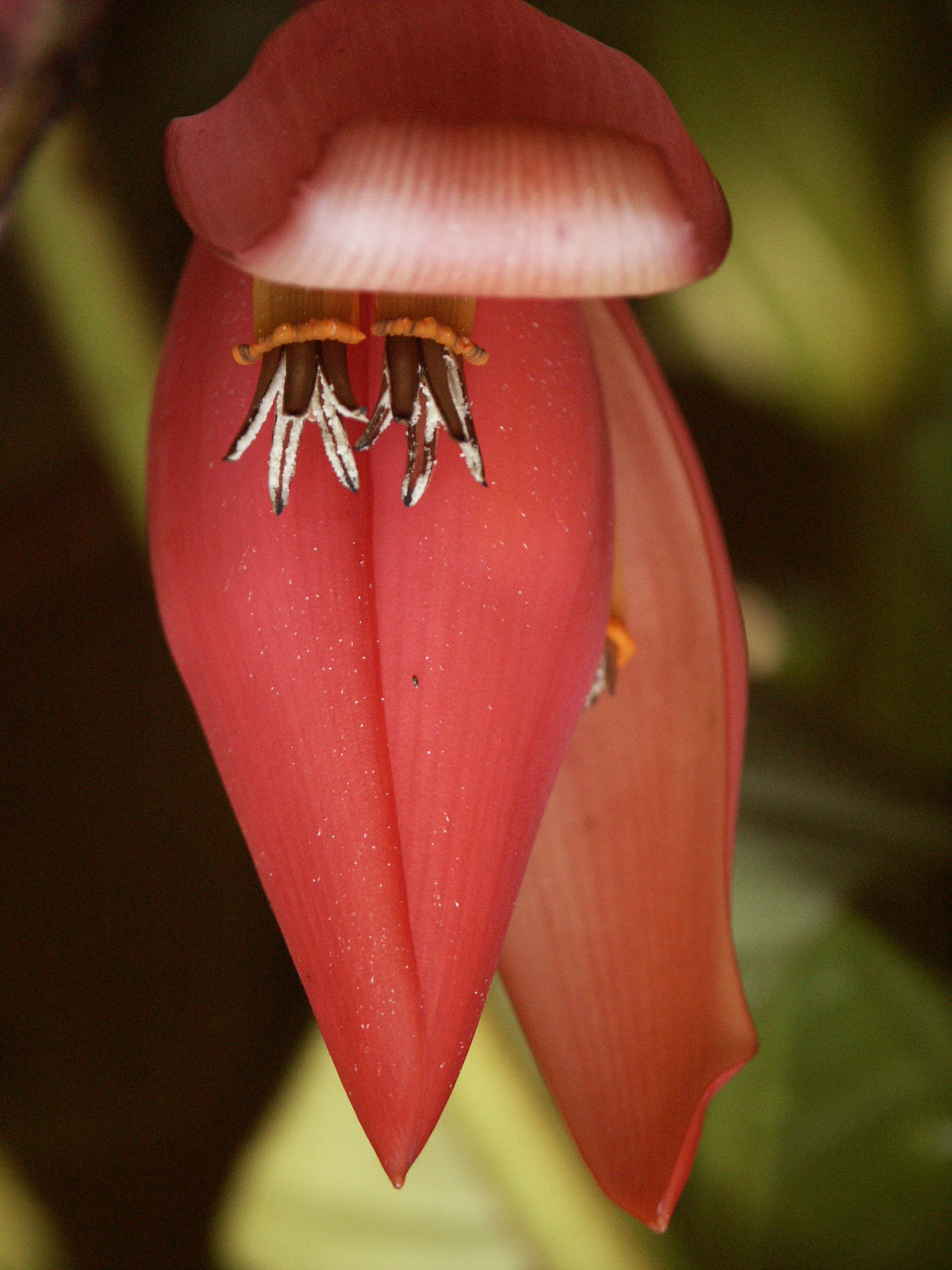 Markku Hakkinen / WWF Greater Mekong
Markku Hakkinen / WWF Greater Mekong
Believe it or not, this geisha-of-the-plant-world is actually a new species of wild banana (Musa rubinea), only found in a single watershed of western China where it borders Myanmar. We know: it’s one hot banana.
Techno gecko
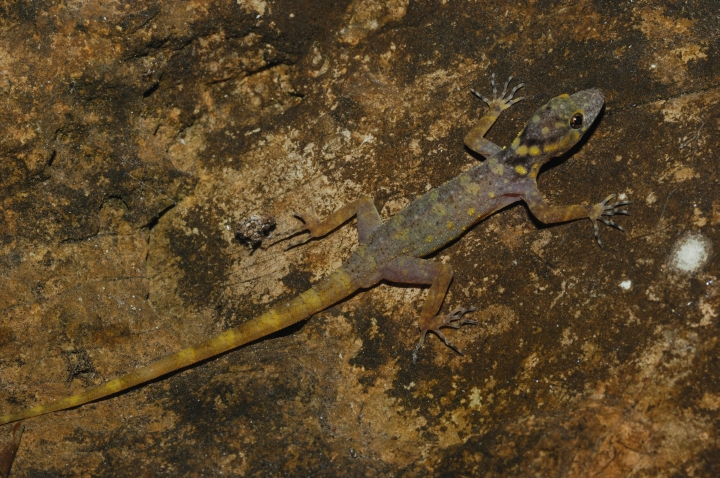 Lee Grismer / WWF Greater Mekong
Lee Grismer / WWF Greater Mekong
We bet this neon-colored gecko (Cnemaspis biocellata) would fit in at one of those European techno-pop clubs just as well as at its home in the Nakawan Range on the border of Thailand and Malaysia.
Fish discovered in … an aquarium?
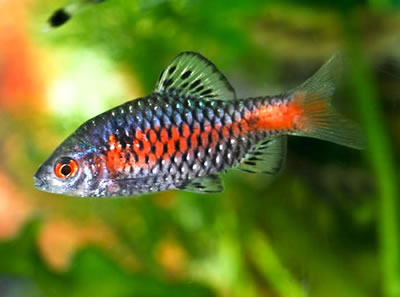 Neil Hepworth
Neil Hepworth
This bright ruby-striped fish known as Odessa barb (Puntius padamya) sort of cheats in making this list of “newly discovered” species. It was actually found first in a Ukrainian aquarium (in the fair city of Odessa), but scientisits didn’t describe it as a new species until 2008 when they found it swimming the wild waters of Myanmar. Surprise!
Birds that can fly just fine but prefer to walk, thank-you-very-much
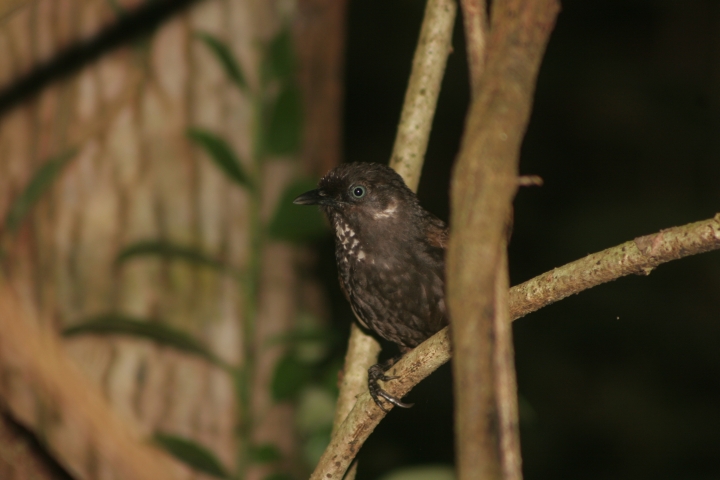 James Eaton / WWF Greater Mekong
James Eaton / WWF Greater Mekong
That’s right. Some birds, like the Nonggang babbler (Stachyris nonggangensis), apparently prefer the low-carbon lifestyle of walking and hopping, rather than flying around its rainforest home in southern China’s Nonggang Natural Reserve. However, it will fly if you sneak up and scare it, but then, most people probably would too.
Tree frogs that have it rough
 Ralph Hendrix
Ralph Hendrix
With long, sticky toes and skin that could use some exfoliating, the rough-coated tree frog (Philautus quyeti) might not be the next Cover Girl, but it could probably still charm a kiss or two out of any princesses lurking in the rainforests of Vietnam’s Truong Son mountain range.
Eye on the tiger-striped snakes
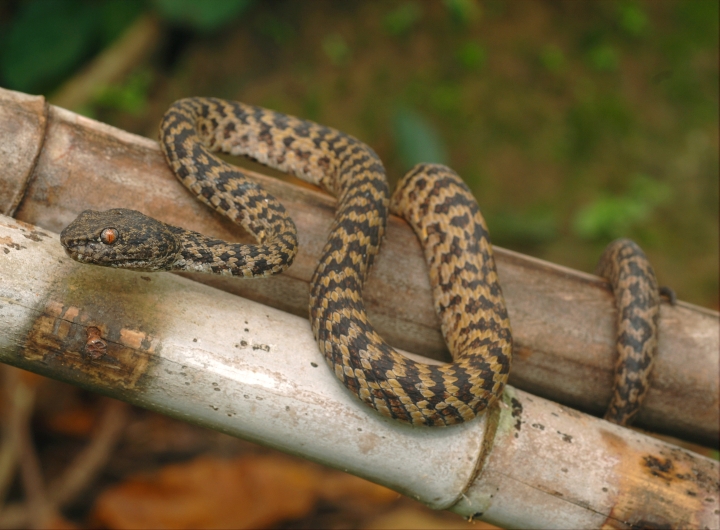 Lee Grismer / WWF Greater Mekong
Lee Grismer / WWF Greater Mekong
The researcher who discovered this tiger-striped pitviper (Cryptelytrops honsonensis) must have missed its piercing orange eye, because his son was the one who pointed out the snake on a rock next to his father’s hand. Turns out he was too busy discovering a new species of gecko at the same time, all while on the itty-bitty Vietnamese island of Hon Son.
Two discoveries for the price of one? We should take these guys to Vegas!

